What do I DO With ROUX?
ROUX (which rhymes with DO) is the secret to so many wonderful dishes! It’s a thickener and is often used to thicken soups and gravies and to create sauces for certain entrees (think Eggs Benedict and its topping of Hollandaise sauce).

The typical roux recipe calls for 2 cups flour and 1 cup butter mixed together until well blended. The technique is to melt the butter in a heavy saucepan and then whisk in the flour, a little at a time, to make a smooth paste. This paste can be stored, tightly covered, in refrigerator for a few days.
When ready to use, let it come to room temperature, and then add your needed hot liquid, a little at a time, whisking to create a smooth mixture. Stir constantly over medium to high heat until the preferred consistency is reached.
Speaking of consistency, roux (also called white sauce), can be made thin, medium, and thick.
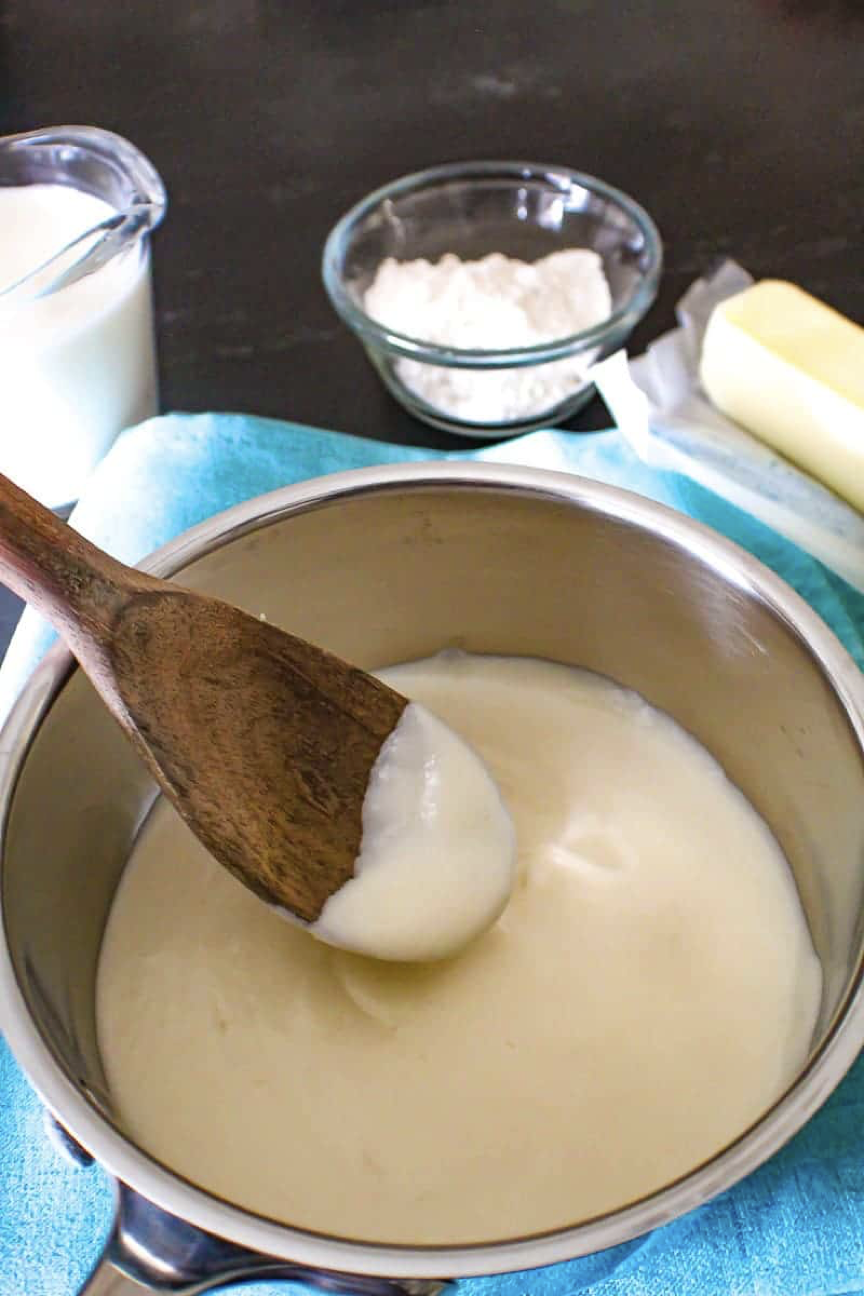
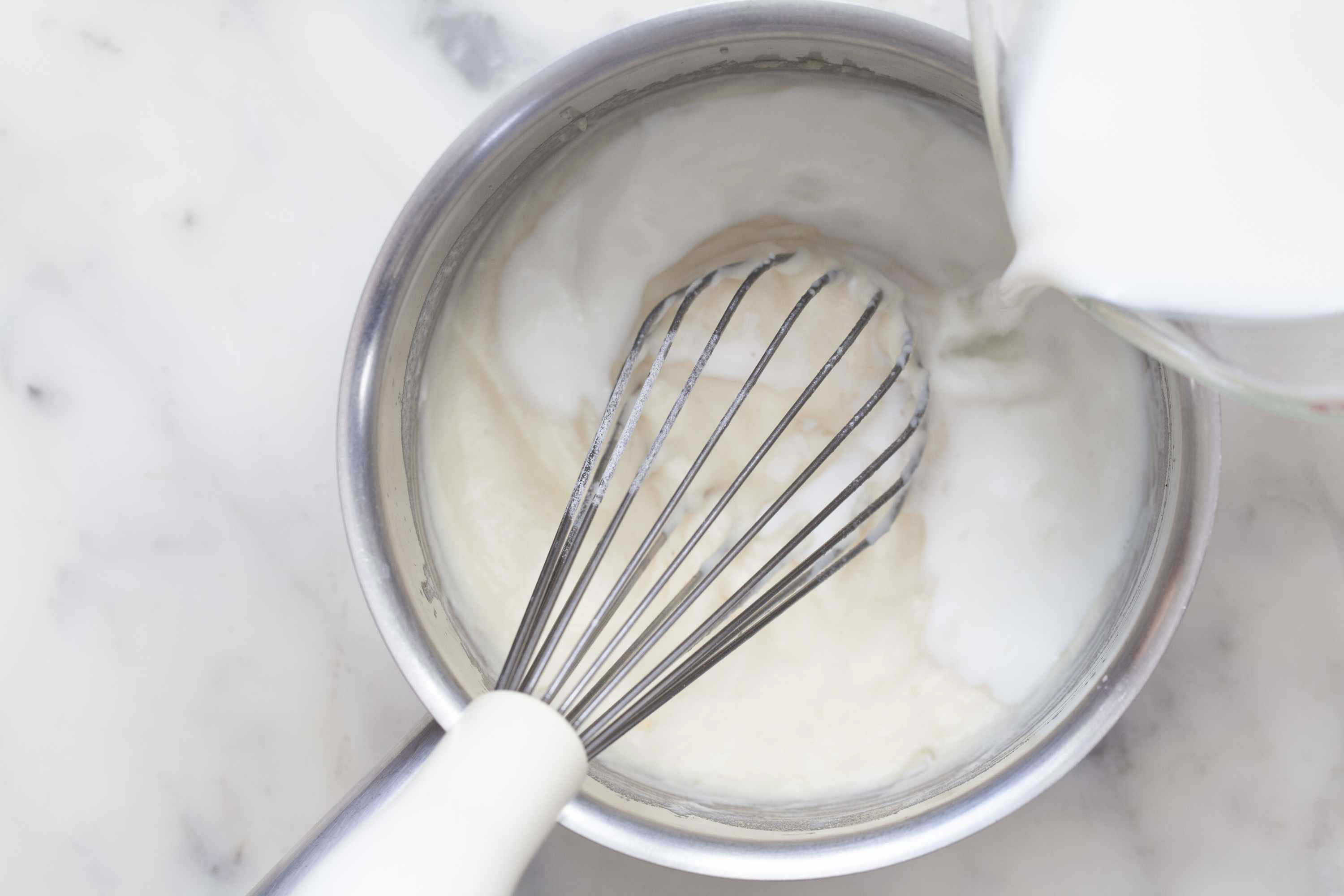
Melting butter in a heavy saucepan over low heat is the standard technique for roux-making. You then blend in flour, salt and pepper. This is cooked over low heat, stirring until mixture is smooth and bubbly. Always remove it from the heat before stirring in milk. The mixture is then heated to boiling for 1 minute, while stirring constantly. This approach prevents lumpy sauce.
Roux is versatile; it’s the foundation of boatloads of many of our favorite dishes (mac ‘n cheese, potato chowder, broccoli-cheese soup, etc.) and its variations are limited only to your imagination! For instance:
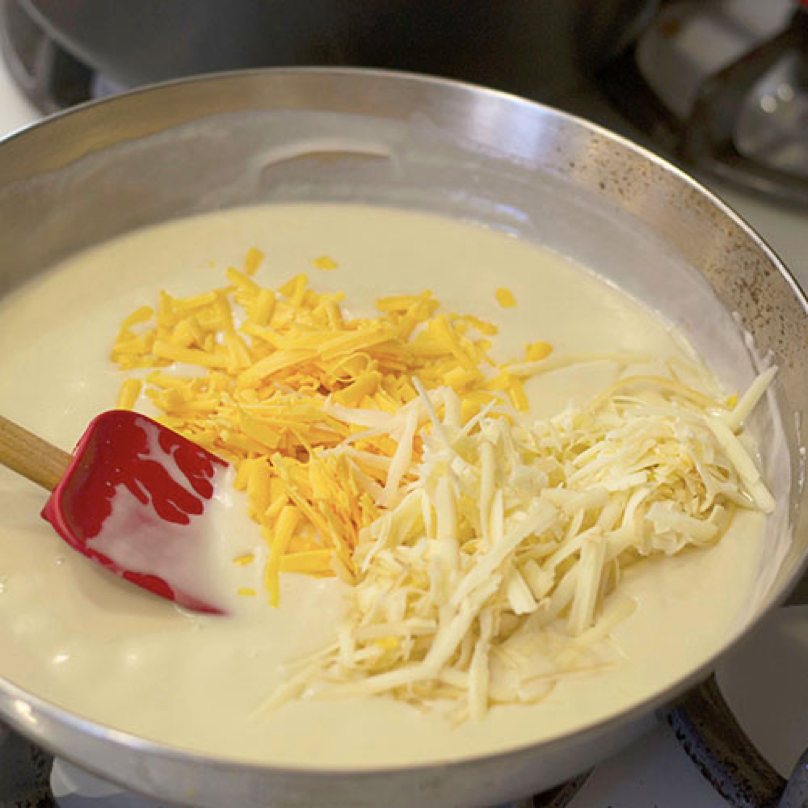
CHEESE SAUCE. So good on vegetables, rice, macaroni, and egg dishes. Prepare medium sauce. Stir in 1/4 teaspoon dry mustard and 1/2 cup shredded cheese. Heat over low heat stirring constantly, until cheese is melted and sauce is smooth. Note: for a richer sauce add 1 cup shredded cheese, 1 teaspoon dry mustard, and1/2 - 1 teaspoon Worcestershire sauce. Heat over low heat till smooth.
CURRY SAUCE. It’s delicious on chicken, lamb, shrimp and rice. Follow directions for medium white sauce (above) and stir in 1/2 teaspoon curry powder with the flour.
DILL SAUCE. Great on most meat or fish. Follow recipe for medium sauce and stir in 1 teaspoon minced fresh dill or 1/2 teaspoon dried dill weed with flour. A dash of nutmeg is a great companion flavor to dill, by the way.

HOMEMADE CREAM OF…SOUP MIX. An exciting recipe from www.livingthenourishedlife.com. How great to have a delicious cream soup without the MSG and other mystery ingredients food manufacturers think they have to add!
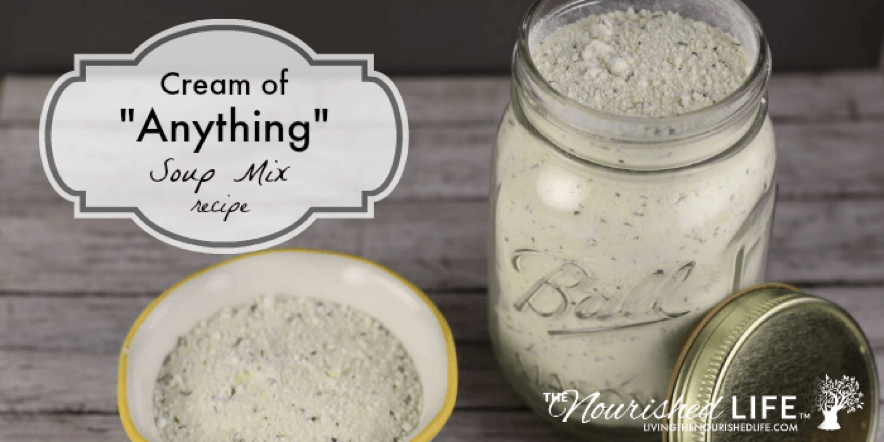
2 cups powdered nonfat milk
3/4 cup cornstarch
5 chicken bouillon cubes
2 tablespoons dried onion flakes
2 teaspoons dried basil
1 teaspoon dried thyme
1/2 teaspoon black pepper
Directions:
Add Recipe to Cook'n
GRAVY. A good brown gravy can be made from the juice from meatballs or any other beef or poultry drippings. Add 2-3 tablespoons cornstarch or flour (all-purpose, whole grain, potato) and stir into the juices left in your frying pan or roaster. If little juice is available, add ½ cup water and stir until flour is a smooth paste. Add more water or milk; stir until thick and bubbly. Salt, onion salt and even beef or chicken bouillon can be added if drippings or juice from meat is not available.
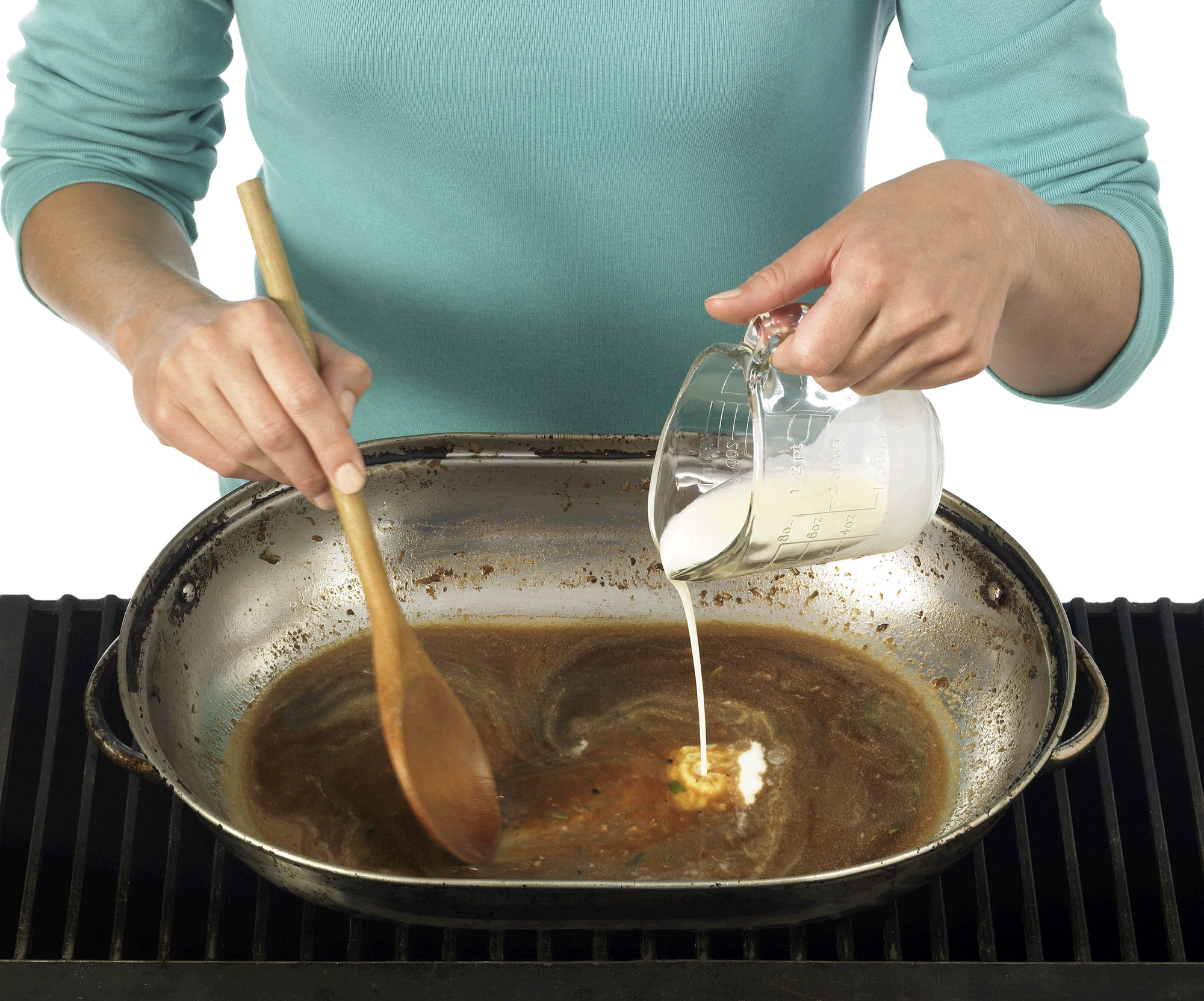
In closing, the advice from professional chefs is to taste any gravy as you create it, as the finished taste is highly subjective!

The typical roux recipe calls for 2 cups flour and 1 cup butter mixed together until well blended. The technique is to melt the butter in a heavy saucepan and then whisk in the flour, a little at a time, to make a smooth paste. This paste can be stored, tightly covered, in refrigerator for a few days.
When ready to use, let it come to room temperature, and then add your needed hot liquid, a little at a time, whisking to create a smooth mixture. Stir constantly over medium to high heat until the preferred consistency is reached.
Speaking of consistency, roux (also called white sauce), can be made thin, medium, and thick.

- THIN white sauce is best for vegetables and soups. For each cup sauce: 1 tablespoon butter, 1/2 -1 tablespoon flour, 1/4 teaspoon salt, 1/8 teaspoon pepper and 1 cup milk.
- MEDIUM white sauce is used for creamed and scalloped foods (pasta primavera is a good example). For each cup sauce: 2 tablespoons butter, 2 tablespoons flour, 1/4 teaspoon salt, 1/8 teaspoon pepper and 1 cup milk.
- THICK white sauce is added at the last 10 minutes of cooking to stews and chowders. For each cup sauce: 1/4 cup butter, 1/4 cup flour, 1/4 teaspoon salt, 1/8 teaspoon pepper, 1 cup milk.

Melting butter in a heavy saucepan over low heat is the standard technique for roux-making. You then blend in flour, salt and pepper. This is cooked over low heat, stirring until mixture is smooth and bubbly. Always remove it from the heat before stirring in milk. The mixture is then heated to boiling for 1 minute, while stirring constantly. This approach prevents lumpy sauce.
Roux is versatile; it’s the foundation of boatloads of many of our favorite dishes (mac ‘n cheese, potato chowder, broccoli-cheese soup, etc.) and its variations are limited only to your imagination! For instance:

CHEESE SAUCE. So good on vegetables, rice, macaroni, and egg dishes. Prepare medium sauce. Stir in 1/4 teaspoon dry mustard and 1/2 cup shredded cheese. Heat over low heat stirring constantly, until cheese is melted and sauce is smooth. Note: for a richer sauce add 1 cup shredded cheese, 1 teaspoon dry mustard, and1/2 - 1 teaspoon Worcestershire sauce. Heat over low heat till smooth.
CURRY SAUCE. It’s delicious on chicken, lamb, shrimp and rice. Follow directions for medium white sauce (above) and stir in 1/2 teaspoon curry powder with the flour.
DILL SAUCE. Great on most meat or fish. Follow recipe for medium sauce and stir in 1 teaspoon minced fresh dill or 1/2 teaspoon dried dill weed with flour. A dash of nutmeg is a great companion flavor to dill, by the way.

HOMEMADE CREAM OF…SOUP MIX. An exciting recipe from www.livingthenourishedlife.com. How great to have a delicious cream soup without the MSG and other mystery ingredients food manufacturers think they have to add!

HOMEMADE CREAM OF ANYTHING SOUP MIX
Yield: 9 cans reconstituted soup
Ingredients:
2 cups powdered nonfat milk
3/4 cup cornstarch
5 chicken bouillon cubes
2 tablespoons dried onion flakes
2 teaspoons dried basil
1 teaspoon dried thyme
1/2 teaspoon black pepper
Directions:
Combine all ingredients. Mix well. Store in airtight container. Equals 9 cans of soup. For one can soup: Combine 1-3 cups dry soup mix with 1 1/4 cups cold water in a saucepan. Stir and cook until thickened. Add to recipes as you would canned product.
For Mushroom soup: Add 1 (4 ounce) can of mushrooms with juice as part of the liquid called for in recipe.
For Mushroom soup: Add 1 (4 ounce) can of mushrooms with juice as part of the liquid called for in recipe.
Recipe formatted with the Cook'n Recipe Software from DVO Enterprises.
GRAVY. A good brown gravy can be made from the juice from meatballs or any other beef or poultry drippings. Add 2-3 tablespoons cornstarch or flour (all-purpose, whole grain, potato) and stir into the juices left in your frying pan or roaster. If little juice is available, add ½ cup water and stir until flour is a smooth paste. Add more water or milk; stir until thick and bubbly. Salt, onion salt and even beef or chicken bouillon can be added if drippings or juice from meat is not available.

In closing, the advice from professional chefs is to taste any gravy as you create it, as the finished taste is highly subjective!
Sources:
- www.downshiftology.com
- www.smartypantskitchen.com
- www.simplyrecipes.com
- www.feedyoursoul2.com
- www.craftbeering.com
- www.livingthenourishedlife.com
- www.canadabeef.com
 Alice Osborne
Alice Osborne
Weekly Newsletter Contributor since 2006
Email the author! alice@dvo.com
